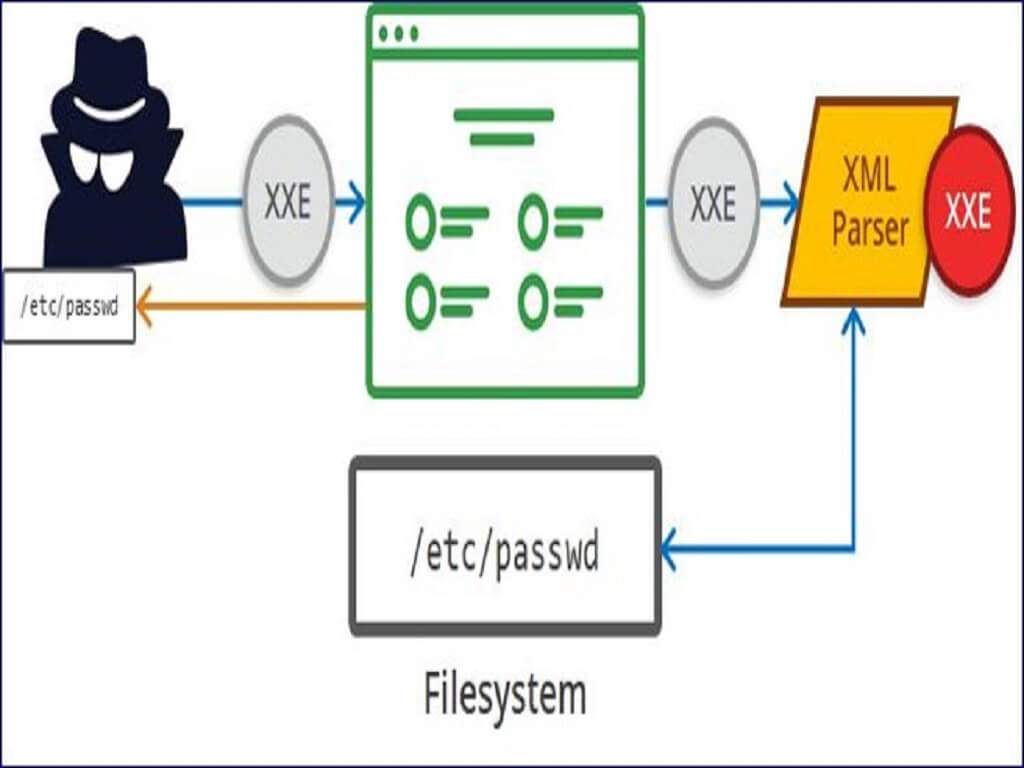What is a Zero - Day
A software flaw that has been found by a threat actor but is still unknown to the developer is called a zero-day vulnerability.
The reason it's referred to as a "zero-day" vulnerability is that the software vendor essentially has "zero time" to patch it before it is exploited once a threat actor discovers the vulnerability.
Software bugs, weak passwords, or a lack of authorization and encryption can all lead to zero-day vulnerabilities
What happened
Twitter, a social media site, acknowledged that they had a now-patched zero-day vulnerability that allowed attackers to access the personal data of 5.4 million users by linking their email addresses and phone numbers to their accounts.
How it Work
Twitter has confirmed that a recent data breach was brought on by a now-patched zero-day vulnerability that was used to connect users' email addresses and phone numbers to their accounts, enabling a threat actor to compile a list of 5.4 million user account profiles.
Anyone could have submitted an email address or phone number in this specific breach, verified its connection to a Twitter account, and then retrieved the specific account ID. The threat actor then used this ID to scrape the account's publicly available data, enabling them to create profiles for 5.4 million Twitter users with information like phone numbers, email addresses, and publicly scraped data.
The most prevalent systems that hackers can target with Zero – Day attacks are:
- Hardware
- Operating systems
- Web browsers
- Open – Source software
- Firmware
- Internet of things devices
- Business assets
Zero – Day attack prevention method
Perform vulnerability scanning
Scan for vulnerabilities is the most important step in stopping a zero-day attack. Vulnerability scanning assists in quickly locating zero-day exploits with the help of security experts who can simulate attacks on the software code and check it for flaws. In updated software, it aids in locating new security flaws, vulnerabilities, and security configuration mistakes. Enterprises must conduct code reviews and act quickly after receiving the scan results, though, as this solution does not catch every zero-day attack.
Deploy an effective Web application Firewall
Install a strong Web Application Firewall (WAF) technology on the endpoints or network edge that has the ability to watch, filter, and stop both incoming and outgoing HTTP/S traffic as well as block other malicious requests. Protecting your software or system from zero-day vulnerabilities is essential. Your business can respond to threats in real time and quickly adapt in order to stay informed about new threats thanks to an efficient WAF.
Install Next-Generation Antivirus Solution
To keep your systems safe and secure, install the new and improved Next-Generation Antivirus (NGAV) solution, as traditional antivirus software is insufficient against zero-day threats. By keeping an eye on hacker tactics, techniques, and procedures, it deters attacks (TTP). To counter evolving attacks, it uses a variety of cutting-edge strategies, such as threat intelligence, machine learning, and behavioural analytics. It greatly reduces the attack surface overall and stops many serious attacks before they can spread to other areas.
Deploy intrusion protection system
To continuously monitor a network in real-time and stop malicious code from entering the network, use an intrusion prevention system (IPS). Using signature-based and anomaly detection technology, it preventively blocks known vulnerabilities and zero-day attacks. It identifies risk factors, records them, and takes precautions to ward off vulnerability exploits.
Perform patch management
Businesses must immediately install software patches after discovering newly discovered software vulnerabilities in order to fix and lower the risk of known security vulnerabilities. It can significantly lower the risk of zero-day attacks, but it cannot prevent zero-day attacks. Businesses must apply patches quickly and effectively during the patch management process; otherwise, the chance of a zero-day attack rises the longer this process lasts.
Train Users
Numerous attackers use human error within an organisation to their advantage when conducting zero-day attacks. To trick or manipulate people into disclosing private or confidential information, hackers use zero-day attacks. To increase the security of their organisations and systems, businesses must inform their staff and customers about zero-day exploits and other new risks and threats. Deliver adequate training to your clients or staff regarding the dangers of downloading and opening malicious files.
Employ a strong email security solution
When conducting zero-day attacks, many attackers take advantage of human error within an organisation. Hackers use zero-day attacks to deceive or coerce people into disclosing private or confidential information. Businesses must educate their staff and clients about zero-day exploits and other emerging risks and threats in order to increase the security of their organisations and systems. Provide your customers or employees with adequate training on the risks associated with downloading and opening malicious files.
Implement incident response
Use the Incident Response Plan (IRP) to minimise new risks and react quickly to attacks that use zero-day vulnerabilities. The IRP, which provides a methodical approach for identifying and preventing zero-day attacks, can be advantageous to businesses of all sizes.
Conclusion
In conclusion, it is impossible to completely prevent zero-day exploits. However, you can ensure your safety by taking a few straightforward measures, such as teaching your staff how to recognise such attacks, utilising cybersecurity tools like VPNs, firewalls, and security software, and regularly changing your development process. Read our blog post on ad injections to learn how to stop unwanted ads from being added to websites.





